How to Measure Bra Size For Yourself at Home Easily?
I used to think I knew my bra size—until I actually measured myself and realized I’d been wearing the wrong one for years.
Turns out, up to 80% of us are walking around in bras that don’t fit right, and it’s no wonder we’re dealing with stuff like shoulder pain or bras that ride up like they’re trying to escape. But don’t worry, we’re going to fix that today.
Hey there, bestie! I’m Lily, your go-to gal for all things magical and practical—I’m a full-time writer weaving stories and a part-time lifestyle hacker experimenting with the coolest tips to make life sparkle.
Let’s break it down in a way that’s super easy and fun like we’re just chatting over coffee.
Inside The Article You'll Find...
ToggleWhat You’ll Need to Masure Bra Size
All you need is a soft measuring tape (the kind you’d use for sewing). If you don’t have one, no biggie—just grab a piece of string or ribbon and measure it against a ruler later.
Oh, and put on a bra that’s not padded or a sports bra—something simple, so we’re measuring your real shape. I usually do this in front of a mirror to make sure I’m keeping things straight (literally!).
Step 1: Find Your Band Size (The Foundation of It All)
Okay, let’s start with the band—that’s the part that goes around your ribcage, under your boobs. Wrap the measuring tape right there, just below your bust, and make sure it’s snug but not squeezing the life out of you. You should be able to slide two fingers under it, but it shouldn’t feel loose. Exhale while you measure, because your ribcage gets smaller when you breathe out, and we want the real deal.
- If you get an even number, like 34 inches, that’s your band size—yay, you’re a 34!
- If it’s an odd number, like 33 inches, round up to the next even number, so you’d be a 34 too. (I used to hear you should add 4 inches to your measurement, but girl, that’s old-school advice—it just makes the band too loose, and we don’t want that.)
The band is super important because it does most of the work—like 80% of the support comes from there, not the straps. So, we’ve gotta get this right.
Step 2: Measure Your Bust (The Fullest Part)
Now, let’s measure the fullest part of your boobs—usually around your nipple level. Wrap the tape around, but this time, keep it a little looser so it’s not squishing anything. It should just glide over your breasts, staying level all the way around. If your boobs are more pendulous (like mine can be), try bending forward a bit to make sure you’re capturing everything.
Write down that number—let’s say it’s 38 inches. We’ll use it in a second!
Step 3: Figure Out Your Cup Size (It’s Just Math, I Promise)
Now here we will do a tiny bit of math, but don’t stress—it’s easy. Take your bust measurement (38 inches) and subtract your band measurement (34 inches). So,
38 – 34 = 4 inches.
That number tells you your cup size based on this little chart:
- 1 inch = A cup
- 2 inches = B cup
- 3 inches = C cup
- 4 inches = D cup
- 5 inches = DD (or E, depending on the brand)
- 6 inches = DDD/F, and so on.
So, with a 4-inch difference, you’re a D cup. Put that together with your band size, and you’re a 34D! See? Not so hard.
Step 4: Try It On and Make Sure It Feels Amazing
Okay, now that you’ve got a size to start with, it’s time to try on some bras. I know, measurements are great, but every brand fits a little differently, so we’ve gotta test it out.
Here’s what to look for:
- The Band: It should feel snug on the loosest hook (so you can tighten it as it stretches over time). It should sit straight across your back, not creeping up toward your shoulders. If it’s riding up, the band’s too big—try going down a size (like from 34 to 32). If it’s so tight you can’t breathe, go up a size.
- The Cups: Your boobs should fill the cups without spilling over (that’s the dreaded “quad-boob” look) or leaving gaps (which means the cups are too big). If there’s an underwire, it should sit flat against your ribs, not digging into your chest or sitting on your boob tissue.
- The Straps: Adjust them so they’re supportive but not digging into your shoulders. If they’re slipping off even after tightening, the band might be too big.
- The Middle Bit (The Gore): That little piece between the cups should sit flat against your chest, not floating or poking you.
- The Vibe Check: Move around, raise your arms, and bend over—does the bra stay put? Does it feel good? You shouldn’t feel like you’re wearing a torture device. A good bra feels like a hug, not a wrestling match.
Must Read: Bra Collection Every Woman Must Have This Summer
Step 5: Think About Your Boob Shape (Because It Matters)
Girl, not all boobs are the same, and that’s a beautiful thing! Your shape can affect how a bra fits, so let’s talk about it:
- If your boobs are round and full all over, you’ll probably love a T-shirt bra or a balconette—they give a smooth, lifted look.
- If they’re fuller at the bottom (like a teardrop shape), go for a full-coverage bra so you’re not popping out the top. Demi bras might leave gaps up there.
- If your boobs are more on the sides (side-set), a plunge bra or racerback can help bring them front and center.
- If you’ve got a smaller bust, bralettes are so cute and comfy, or try a wireless bra for light support.
- If you’re more blessed up top, look for minimizer bras or full-coverage ones with wider straps—they’ll give you the support you need without feeling like a harness.
Step 6: Play with Sister Sizes if It’s Not Quite Right
Sometimes the size you calculate doesn’t feel perfect, and that’s okay! You can try a sister size to tweak the fit. If the band feels too tight but the cups are good, go up a band size and down a cup size (so a 34C becomes a 36B).
If the band’s too loose, go down a band size and up a cup size (34C to 32D). It’s like Goldilocks—you’ll find the one that’s just right.
Step 7: Keep Checking In (Your Size Can Change)
Your size isn’t set in stone. Weight changes, pregnancy, breastfeeding, or even just getting older can shift things around. I make a habit of measuring myself every 6 months or whenever my bras start feeling off.
It’s like a little self-care ritual now—I put on some music, grab my tape, and make sure I’m still good to go.
A Few Extra Tips to Make It Even Easier
- Try Before You Buy: If you can, head to a store and try on a few styles. Brands like ThirdLove, Wacoal, or Bravissimo have tons of sizes and shapes, so you’re bound to find something that works.
- Online Tools: Some brands have bra size calculators online, but I’ve found they’re not always spot-on. If you want something more detailed, check out the calculator from A Bra That Fits—it’s a fave on TikTok because it uses extra measurements (like your bust when you’re bending over) to get super accurate.
- Why It Matters: A bra that doesn’t fit can mess with your day big time—think back pain, shoulder strain, and even headaches. But when it fits right, it’s like magic. You stand taller, your clothes look better, and you just feel good.
Must Read: Summer Outfits for College Girls with a Twist!
Let’s Wrap It Up, Bestie
Finding your perfect bra size doesn’t have to be a drag—it can actually be kind of fun once you know what to do!
Start with your measurements, try on a few styles, and don’t be afraid to play around until you find the one that feels like it was made for you.
You deserve to feel amazing in your bra, so let’s make it happen.
Now, go treat yourself to something cute—I know I’m about to!
Comment below if I missed anything or if you have any questions.
You May Also Like
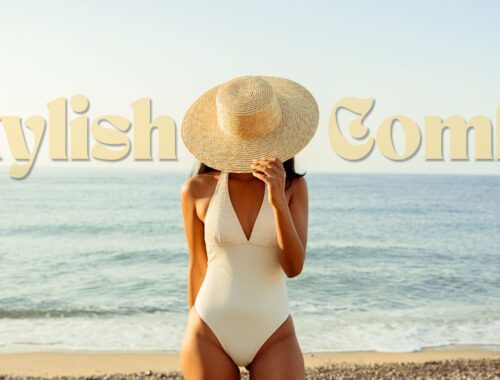
20 Best Swimsuits for Moms on Amazon: Mom Approved 2025
May 4, 2025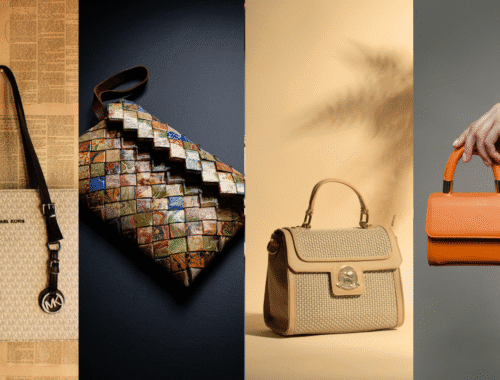
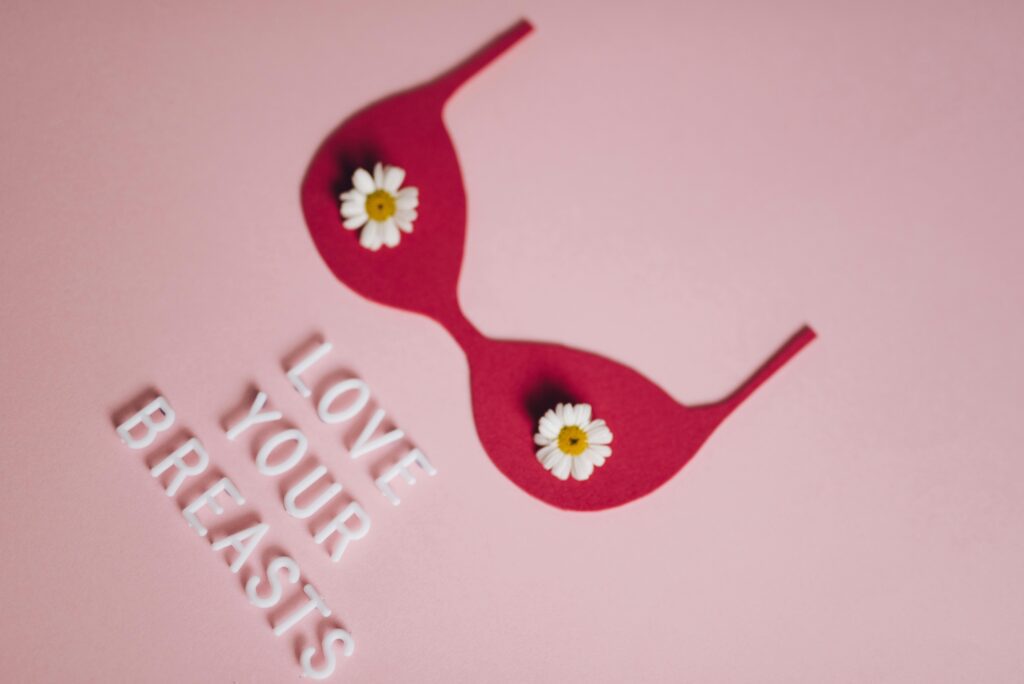
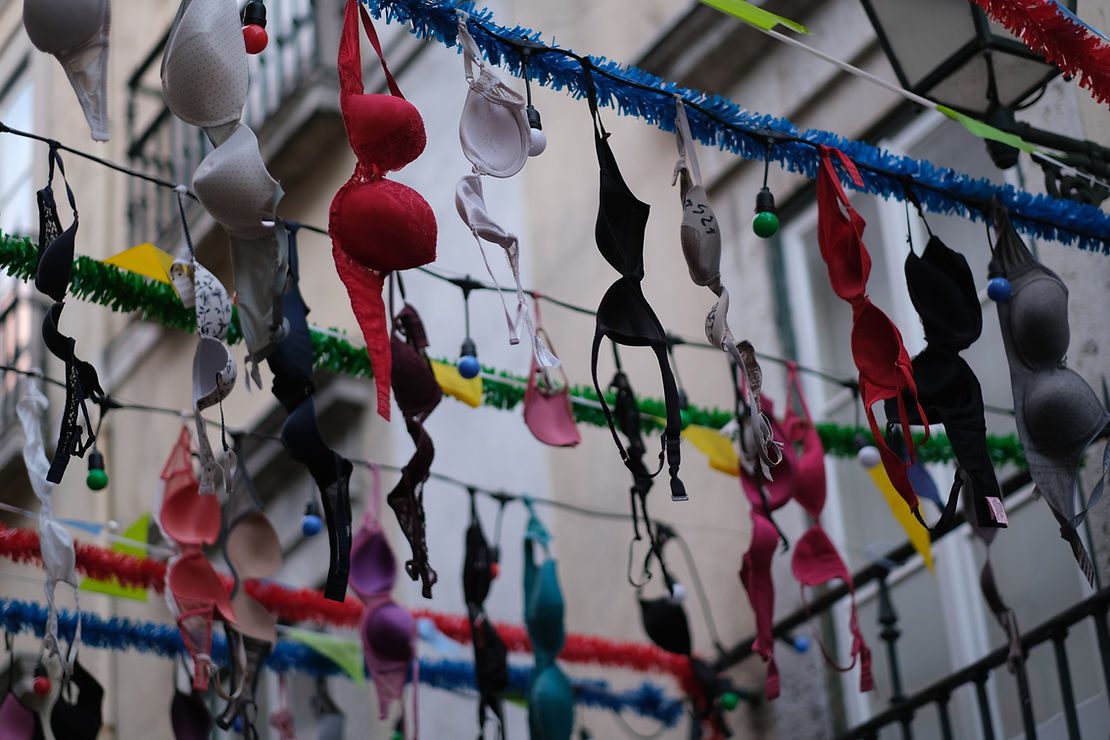
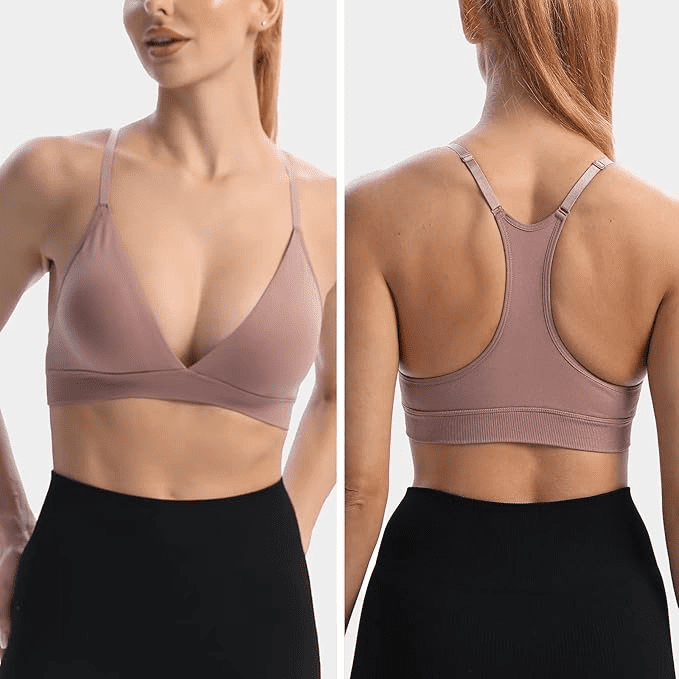
One Comment
Pingback: